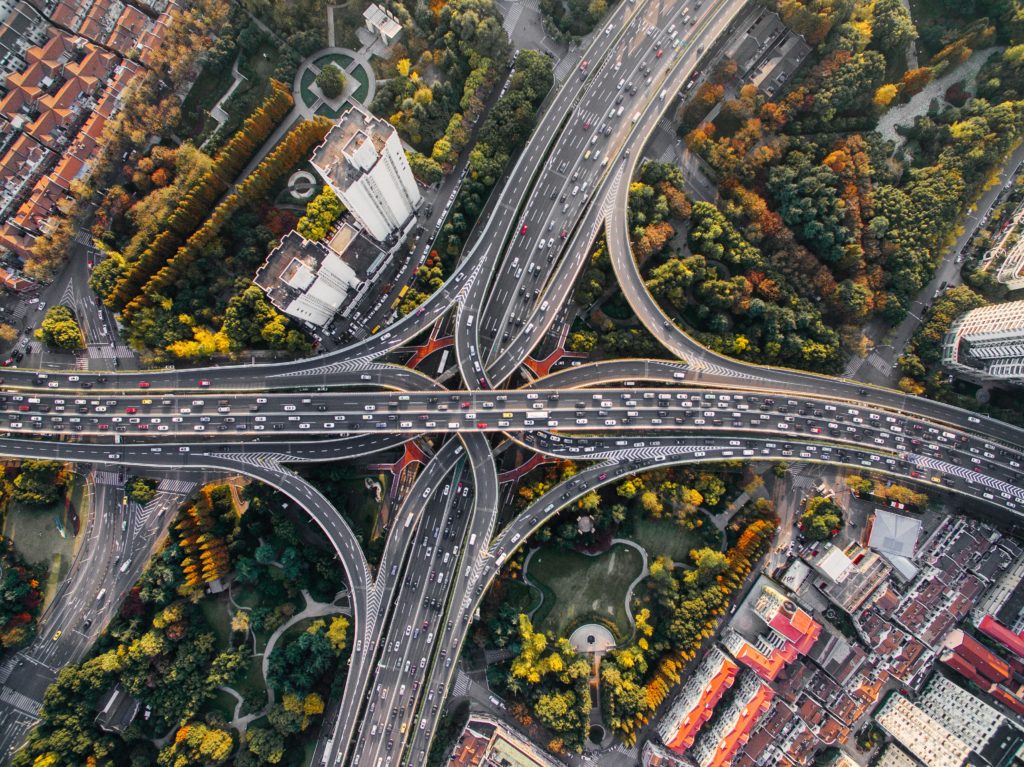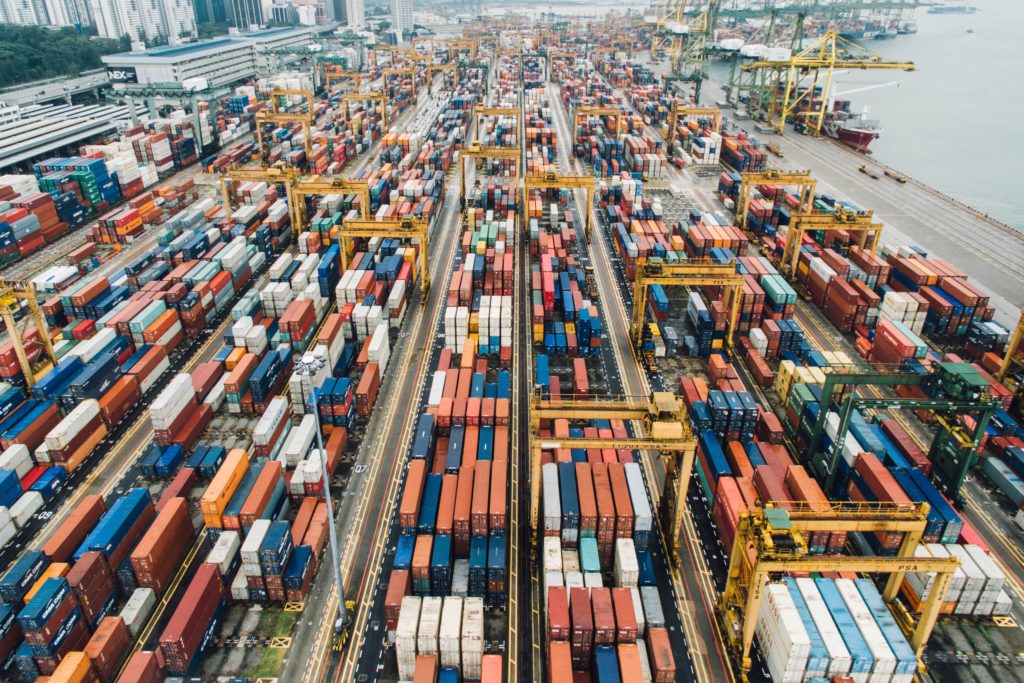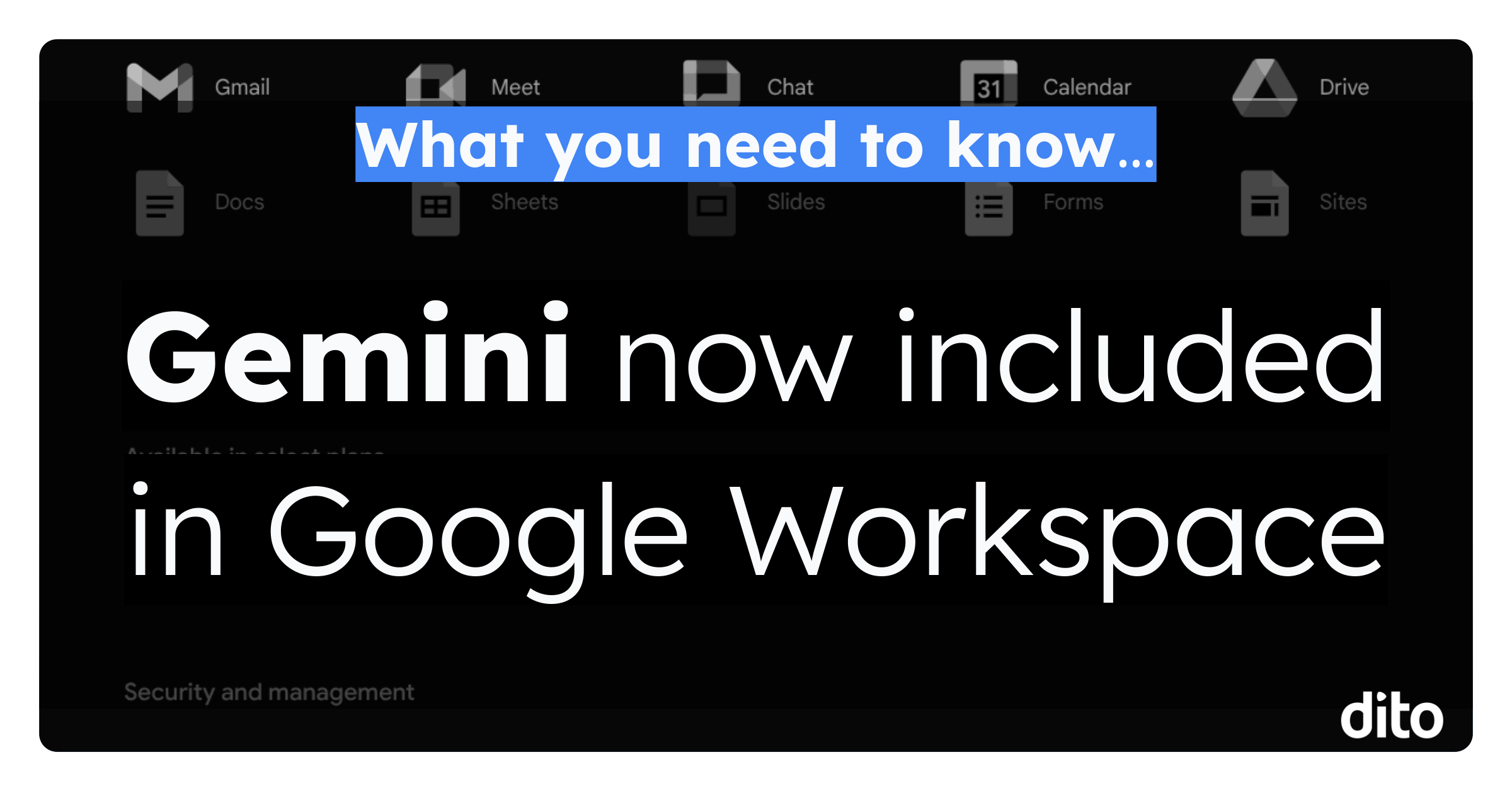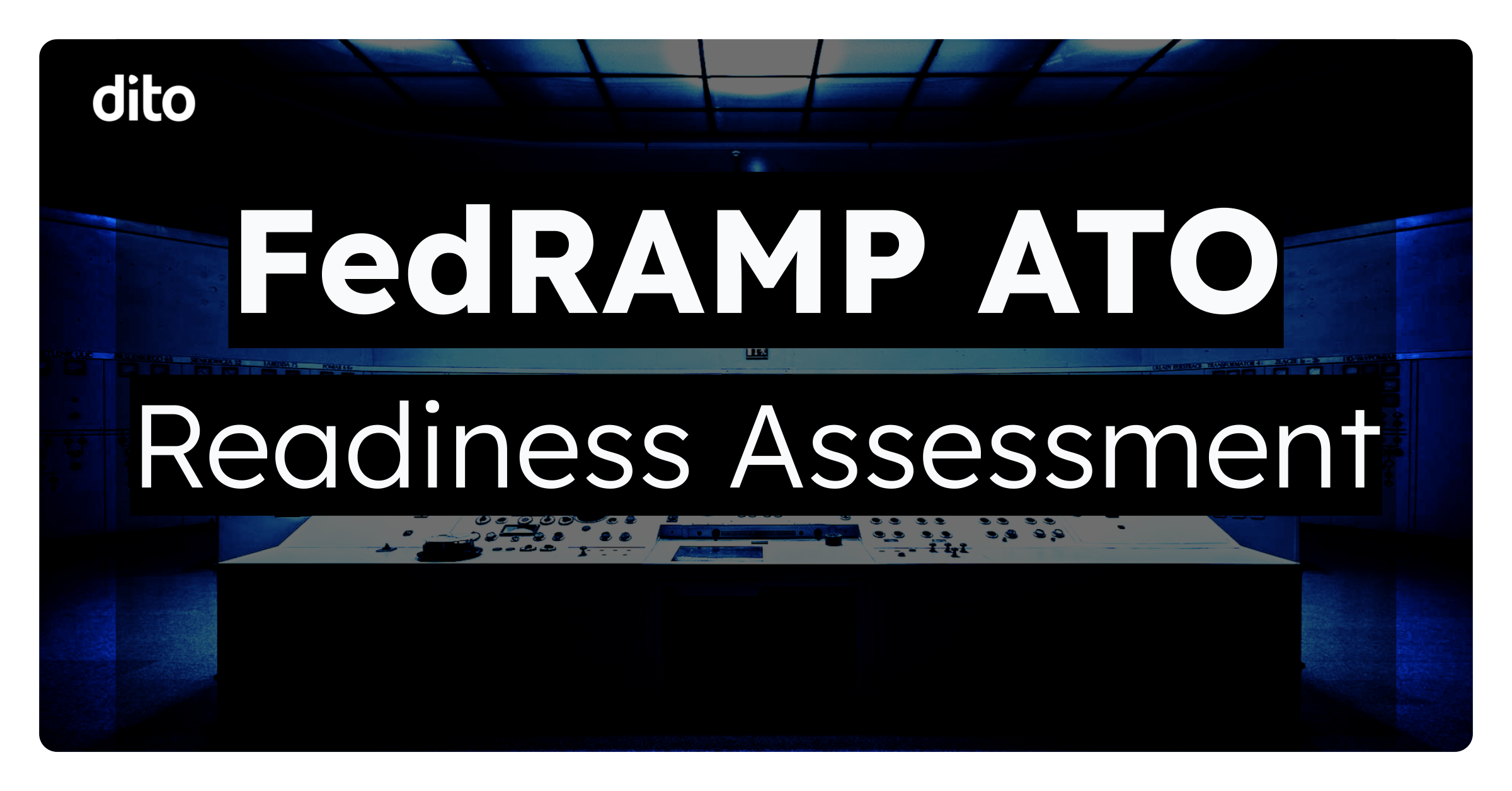With the increase of more automated, complex, and detailed data-driven processes being implemented into everyday workflows, it’s more important than ever to ensure that your business is taking full advantage of the capabilities that the Google Maps Platform (GMP) offers.
This first post in our Google Maps Platform series is centered around one topic. We will touch upon one of the first areas where GMP truly excels – in the routing and logistics industries. As e-commerce continues to grow and expand on a massive global scale, the need for a more efficient logistics system is absolutely vital.
The Google Maps Platform builds a foundation on 3 main core items: Maps, Routes, & Places:
- Maps helps to bring live, real world information to our users through the utilization of customized maps and a variety of Street View images.
- Routes is exactly what it sounds like – helping users find the most efficient way to get from point A to point B through the use of real-time traffic information and detailed location-based data.
- Places uses location data to help GMP users explore the world and, on a more specific level, find places & businesses through the use of phone numbers, addresses, and other real-time signals
One of the biggest areas this is noticed on a consumer level is through their online shopping experiences. As online retail and digital commerce continue to grow and expand, the customer experience throughout the process is a major factor.
With the demand for same-day (and sometimes even same hour) delivery increasing, the availability of accurate location-based data for the customer to utilize is a massive benefit when planning out the routes and delivery times – especially in major cities where traffic and congestion can cause massive delays. The use of GMP helps navigate through these everyday issues effectively, and can even re-direct drivers as needed if real-time traffic conditions start to arise.
The sheer amount of data that a logistics-based company has to consume, analyze, and report on a daily basis can be staggering to any business if they aren’t fully taking advantage of automated tasks, machine learning, and data analytics.
Through the enormous amounts of data and information that goes through a logistics company, even just a simple process change or implementation of a more efficient system can create a huge return on investment and drastically lower the cost of running your business. This is where the integration of GMP can truly benefit many companies – on the back end.
Another segment that has been gaining massive amounts of traction has been ridesharing. The need for people to get from point A to point B faster & cheaper is growing on a daily basis – and in order to stay relevant in the ever-changing and growing industry, companies have to be able to scale and expand as the demographic continues to shift.
Being able to integrate Google Maps directly into a ridesharing platform helps users locate drivers in real-time, reduces the potential for navigation issues on the driver’s side, and enhances the accuracy of wait times for the user.
Ridesharing has grown exponentially in the past few years, with companies such as Uber and Lyft taking over the space and providing a much needed service for users of all types – people needing a reliable trip to work, students living on campus who want to venture outside of the city, or taking a trip home from the bars – potentially saving lives in the process.
So what are the main driving factors that should push businesses and more users to take advantage of the Google Maps Platform? Simplicity of pricing and products, scalability of the Platform (and your business built on it), and the seamless integration with Google Cloud Services.
With all of the new products and services being offered in the mapping and locations-based industry, there has never been a better time to look into the many benefits that the Google Maps platform provides.
For more information on how you can integrate Google Maps into your company’s processes, feel free to schedule a consultation with our Google Maps team to learn more.











